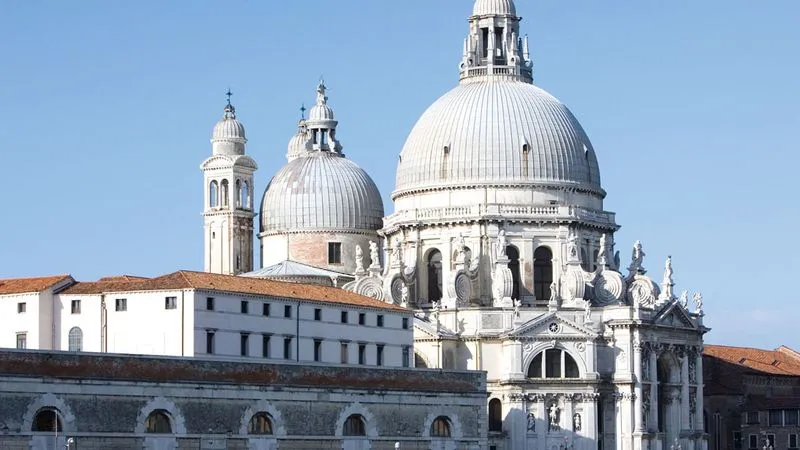
With CroisiEurope, it's a true holiday in Italy with fascinating art, culture and romance. Because if Italy is a lot of things, it is above all a rare pearl and a mausoleum in honour of Mankind and what he is capable of. Centuries past by and artistic trends have crossed and transfigured Italy, formerly an Empire, then the heart of the Renaissance, and still today the country of love and passion. We offer you all of this on our cruise on the Po.
The program includes an in-depth visit of Venice, from the darkest secrets of the opulent Doge's Palace to the narrow streets of this urban labyrinth. Our guides will take you to the heart of the Serenissima and you will meet gondolier artisans and handmade masks. Then your trip will take you to the islands of Murano and Burano, simply unmissable, as much for their masterpieces of lace and glassware as for their fishing villages with vibrant colours.
Continuing your journey inland, along the Po, you will also visit the romantic Verona. Its arena, its cobbled streets, its old town served as a backdrop to the famous passion that linked Romeo to Juliet. Even today, visitors come to see the balcony from where Juliet looked down to her lover.
Discover all these treasure and fabulous destinations with our cruise on the Po.
